


In experiments conducted at the University of São Paulo, tumor stem cells became less able to proliferate and invade tissues when the production of the prion protein was blocked by gene editing; the results suggest that the molecule could be a therapeutic target.
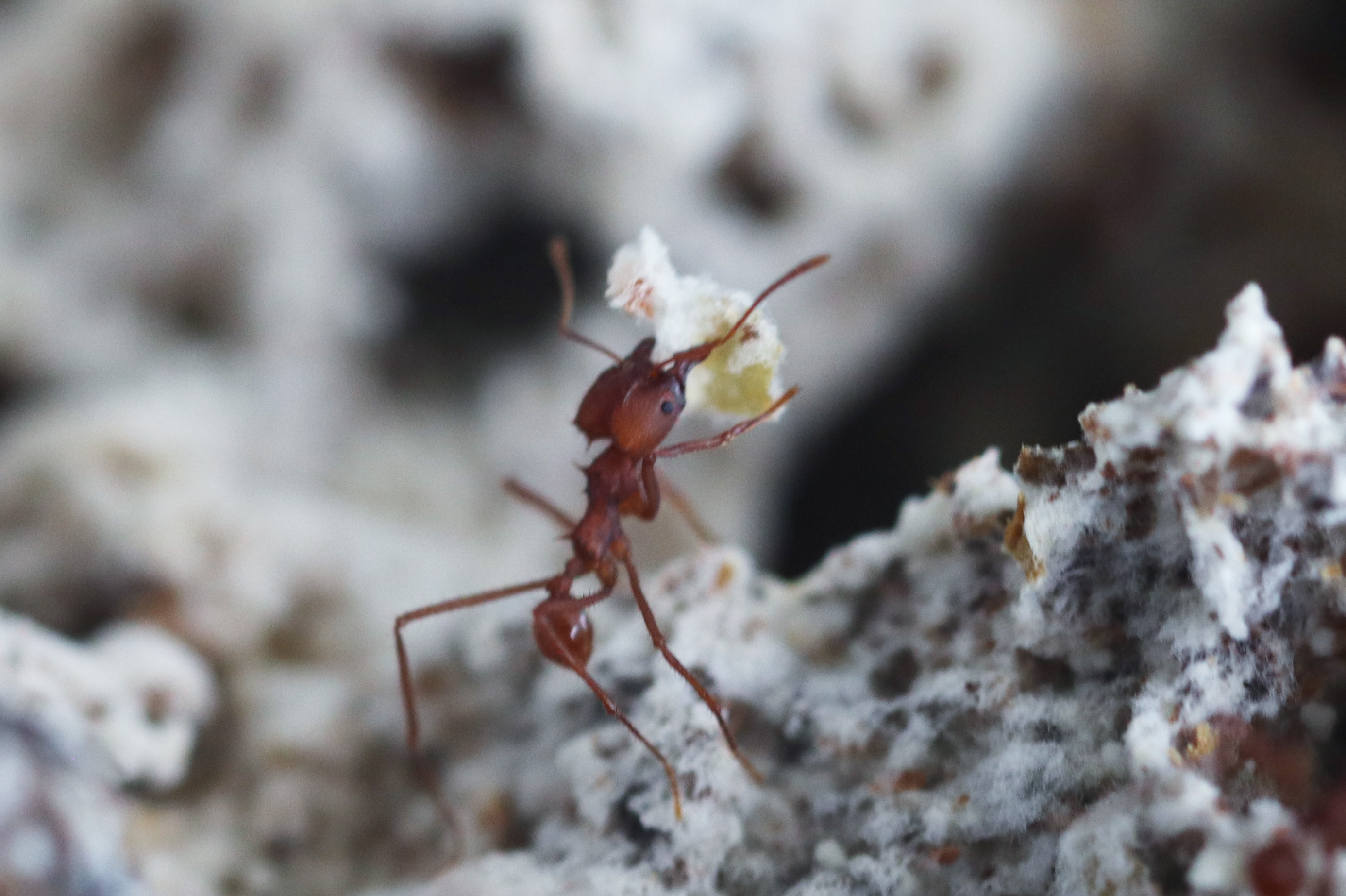
Characteristics of social immune memory were observed in colonies of Atta sexdens exposed to four different pathogenic fungi. The insects increased their cleaning behavior one week and one month after initial contact, but not after 60 days.
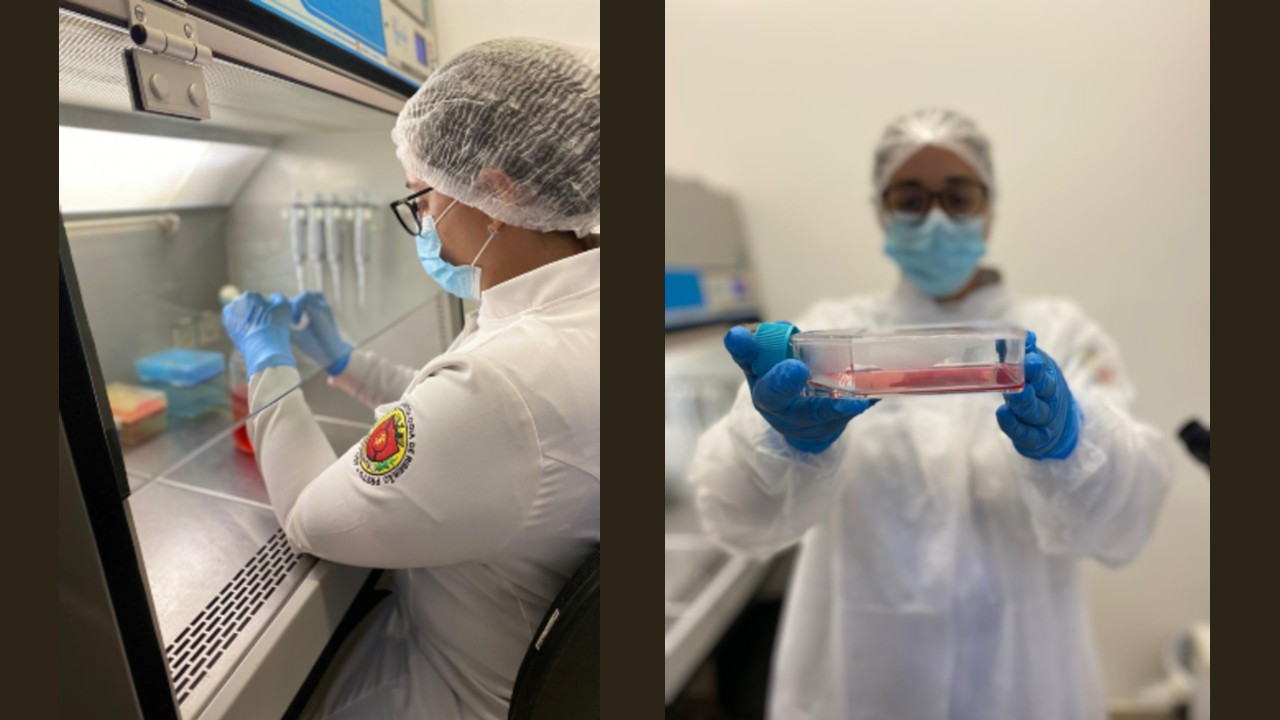
Researchers tested different concentrations of the substance on dental pulp cells. Results show promise for dental tissue repair.

Material shows potential for use in drug delivery and tissue support systems in the human body.

Brazilian researchers have conducted a comprehensive study of the effects of seizures during development. The findings could lead to new treatments for autism, attention deficit disorder, schizophrenia and epilepsy.

Research conducted at the Butantan Institute seeks to identify a compound that can be used in both the prevention and treatment of arboviruses.
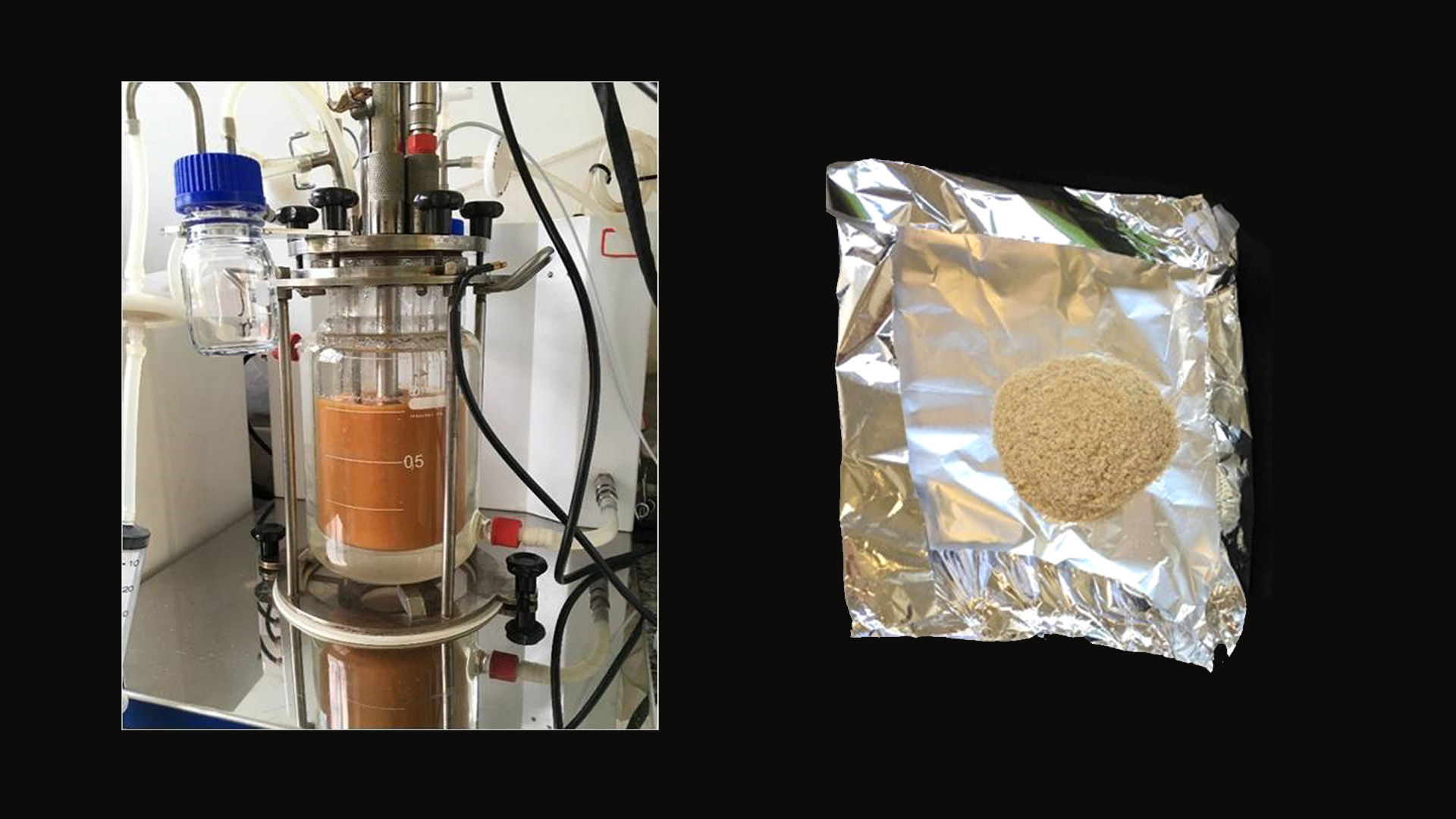
The Federal University of São Carlos has developed a process that uses sugarcane molasses as a substrate in one of the stages of the chitosan production process. The polymer can also be used to control agricultural pests and to produce biofilms and drug-carrying capsules.
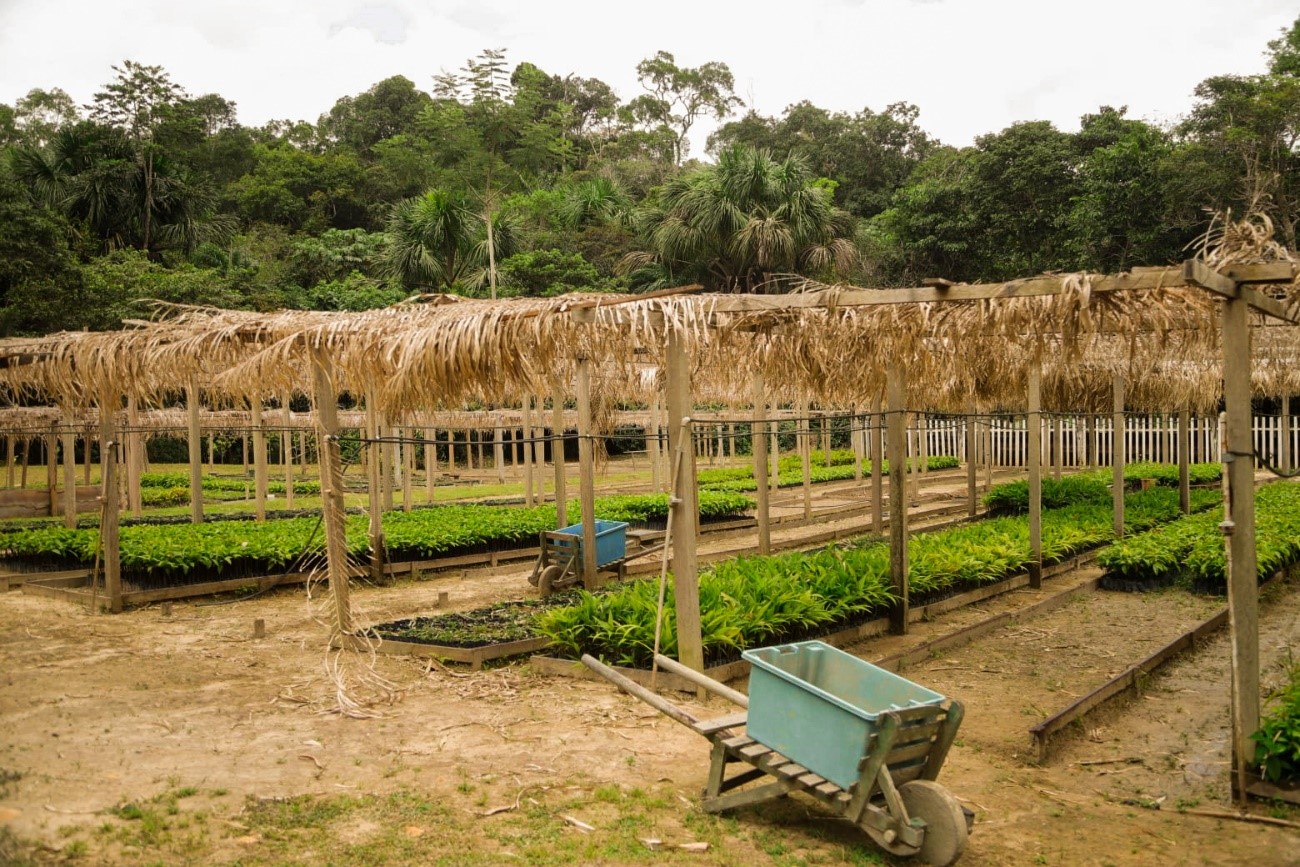
Experimentalist governance, which learns from practice itself, and valuing local communities and traditional knowledge are the strengths of the project, which reconciles environmental conservation with job creation and income generation.

Assistive technology developed at the University of São Paulo helps patients with reduced muscle strength or unilateral paralysis perform daily activities and regain lost body awareness.

Innovation created by healthtech supported by FAPESP showed the lowest estimation error among all non-invasive methods already available in the world.

Tool allows users to produce their own maps of urban space using textual data, photos and videos.

Detected in the state of Ceará, Brazil, the novel coronavirus has similarities with the coronavirus that causes Middle East respiratory syndrome, first identified in 2012. Experiments to find out whether it can infect humans are set to take place during 2025.

Already provided by the UK’s National Health Service, the approach, called PACT, aims to improve communication and interaction by focusing on the child’s interests.

Study published in Nature reveals mechanism by which isoprene, a gas emitted by vegetation, produces large quantities of aerosols responsible for forming condensation nuclei; process may have an influence on global climate.

Technology being developed with support from FAPESP allows the device to produce more electric current and could be useful in the automotive, aerospace and marine sectors.

In three recent articles, scientists associated with the Center for Development of Functional Materials warn of the synergistic effect of substances when mixed together.

Caterpillars secrete a sugary liquid that assures recognition and protection from predators by a certain ant species, but protection became attack when the pairings were switched in an experiment.
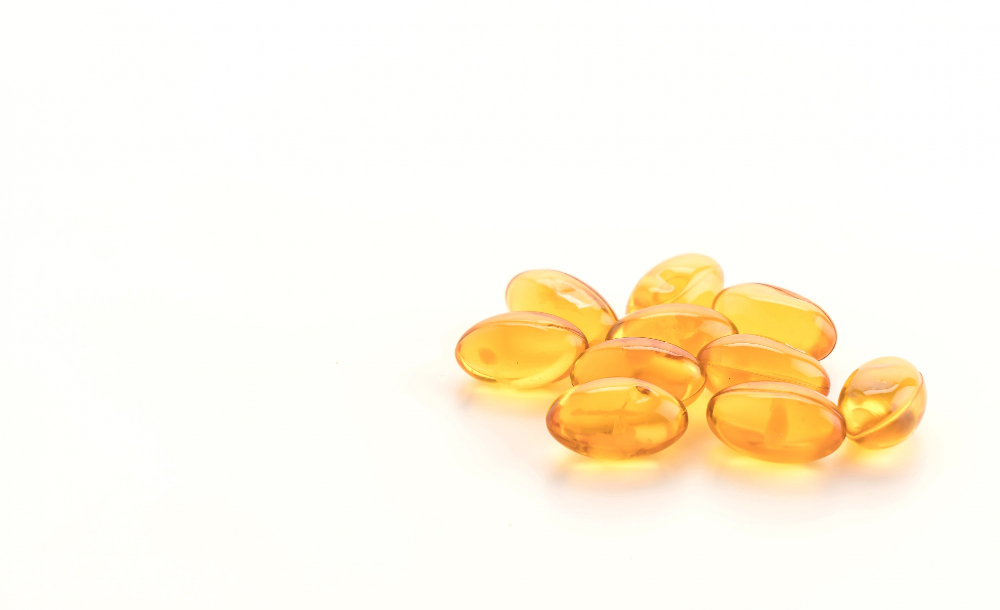
Fish oil supplementation altered the profile of defense cells, which switched from a pro-inflammatory to an anti-inflammatory state, reversing a condition similar to type 2 diabetes.
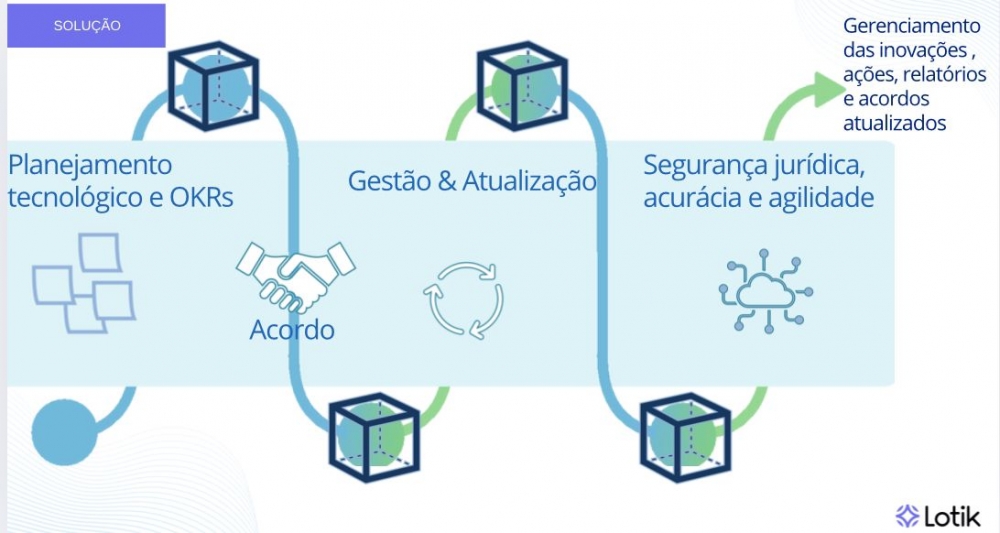
System developed by FAPESP-backed startup allows expectations and intellectual property to be managed while ensuring legal certainty.

The method developed at the University of São Paulo detects and distinguishes between antibodies induced by the pathogens in blood samples. The strategy can be used to orient public policy in health and to evaluate the efficacy of dengue vaccines.

Researchers used an innovative approach and analyzed data from a large sample involving residents of four state capitals in different regions of Brazil; study contributes to preventive strategies for this type of tumor.
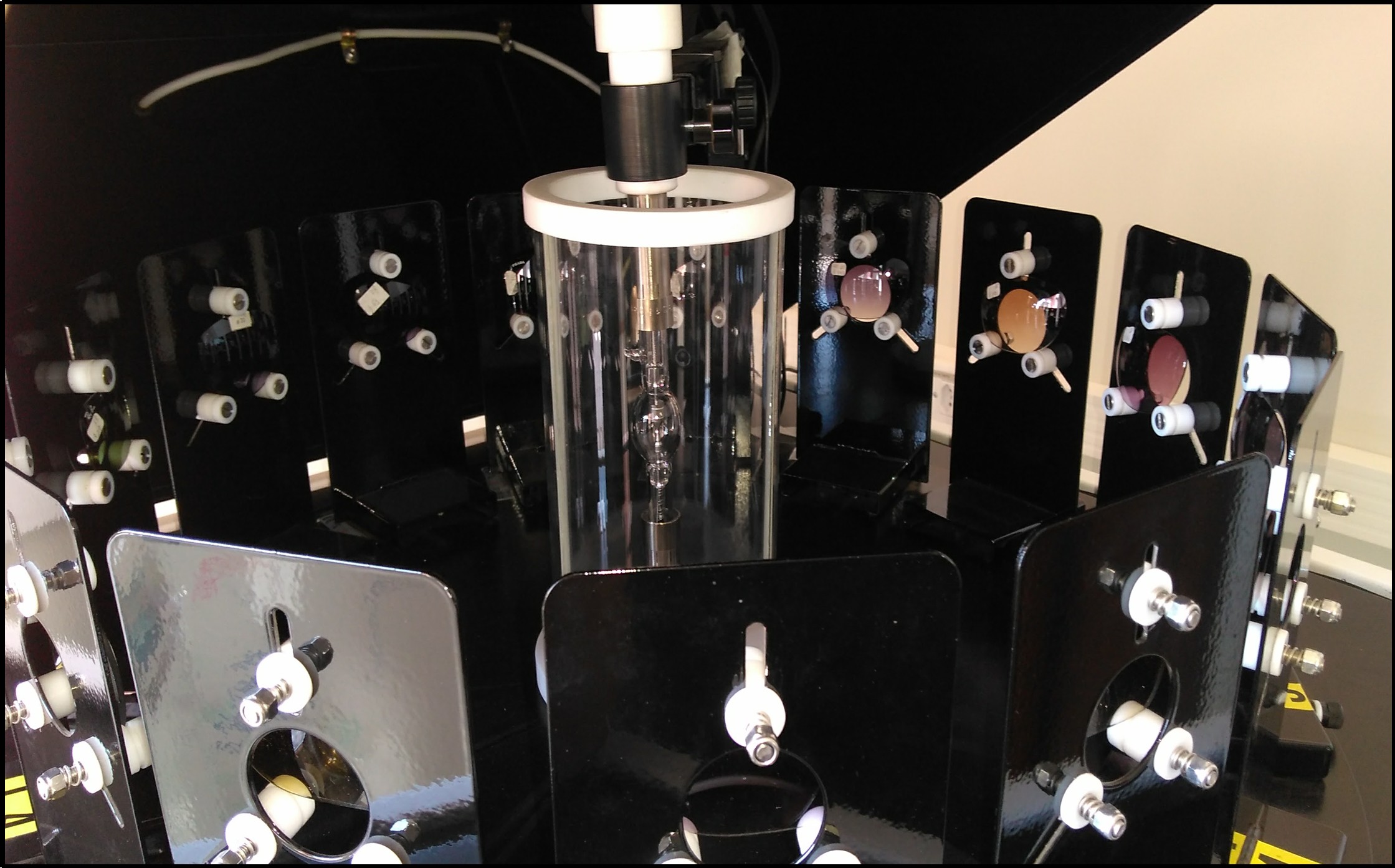
A study conducted at the University of São Paulo analyzed the effectiveness of 12 models and showed that only one met the safety limits set by an international organization.

The conclusion comes from a study that analyzed data from more than 3,600 adolescents aged 14 to 17. Moderate screen time spent on educational activities was associated with less psychological distress.

Innovative approach developed by research groups in Brazil has already been patented by the National Institute of Private Property.
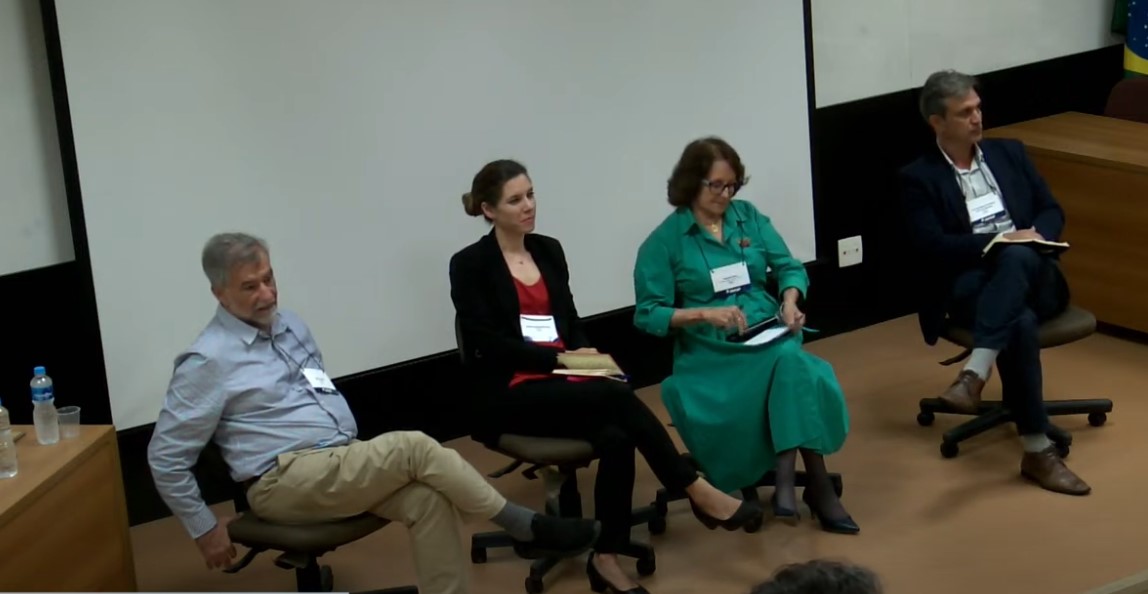
Experts point to delays in meeting Paris Agreement targets and warn: without urgent action, the world could become up to 4.3 °C warmer.